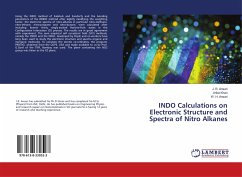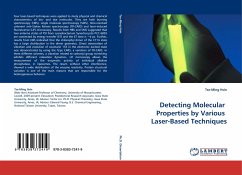In order to improve the performance of molecular electronics and catalysts, it is important to understand the electronic structures of adsorbed molecules or clusters on surfaces. The work presented in this book focuses on the characterization of the electronic properties and their relationship with geometric structures. One system has been studied is adsorbed phenyl diisocyanide molecules on a metal surface. On the surface, the molecules form one-dimensional molecular chain structures which are composed of alternating diisocyanide molecule and Au adatom in a unit cell. The formation of chain structures induces novel interfacial electronic properties. Combined with their considerable length and tunabilities, the self-assembled molecular diisocyanide structures may find application as molecular conductors in nanoelectronics. The other system is size-selected MoxSy clusters deposited on an ultrathin alumina film. The local work function of the surface increases with increasing cluster coverage as a result of electron tunneling from the substrate to the MoxSy clusters. These results suggest a novel way to modify the electronic structure and reactivity of heterogeneous catalysts.








